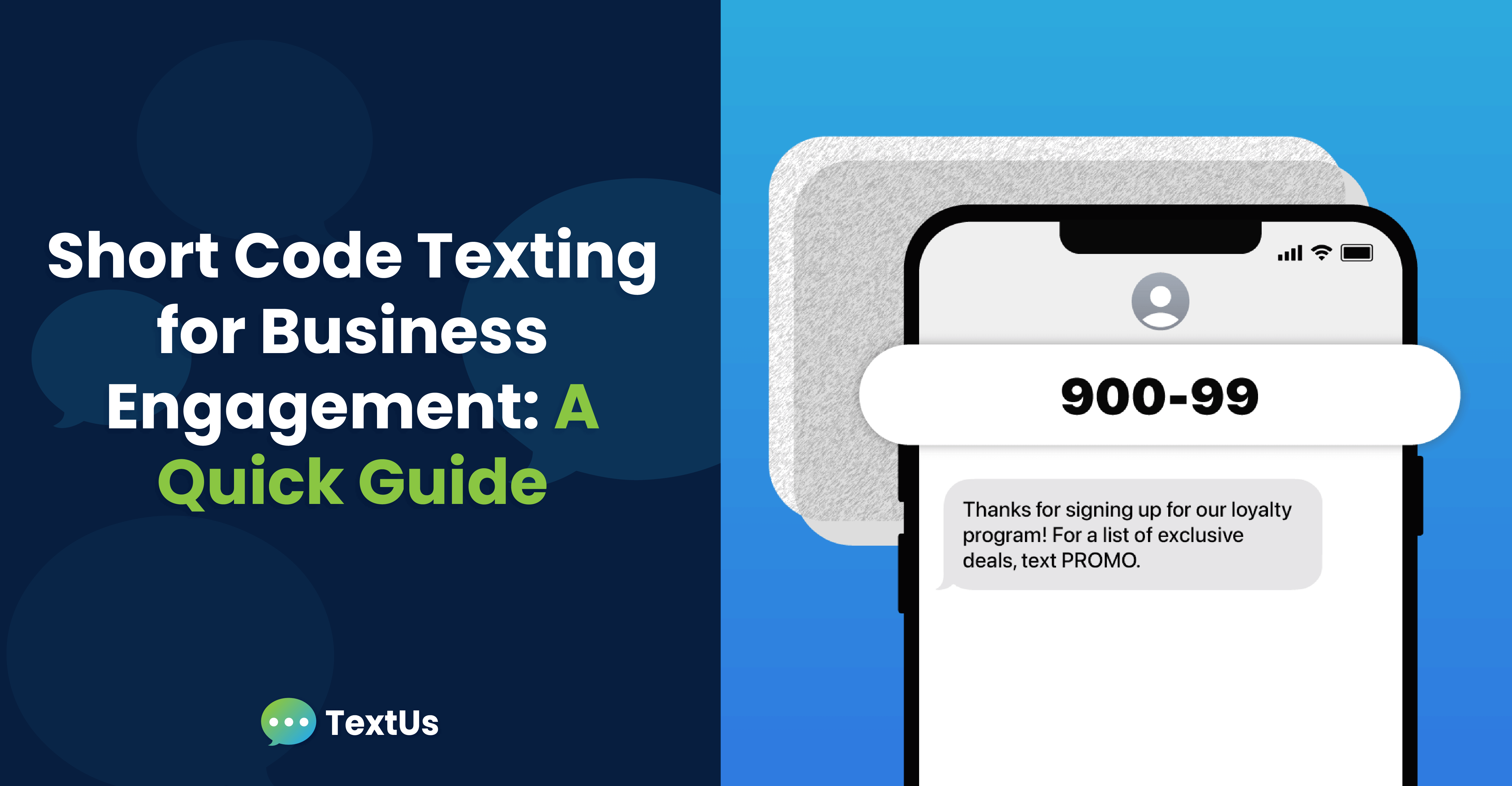
Blog
TextUs Blog
Featured

Keyword QR Codes: The Opt-In Cheat-Code for SMS Subscriber Growth
Marketers are constantly looking for new ways to grow their subscriber and top of the funnel lists, and SMS is no exception to that. In […]








